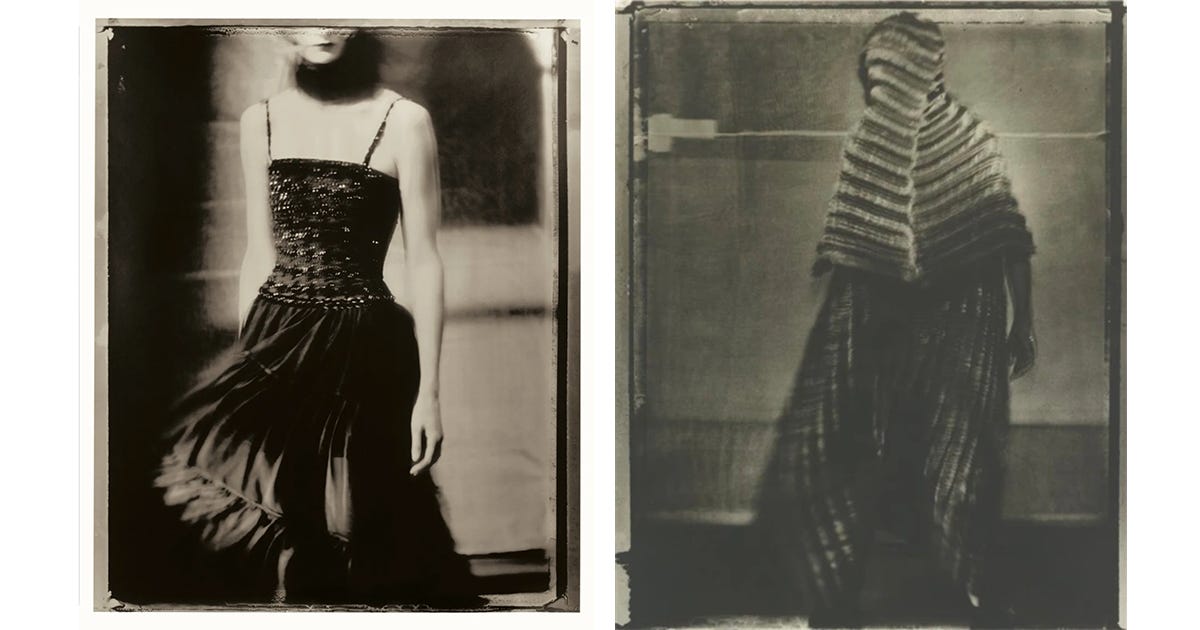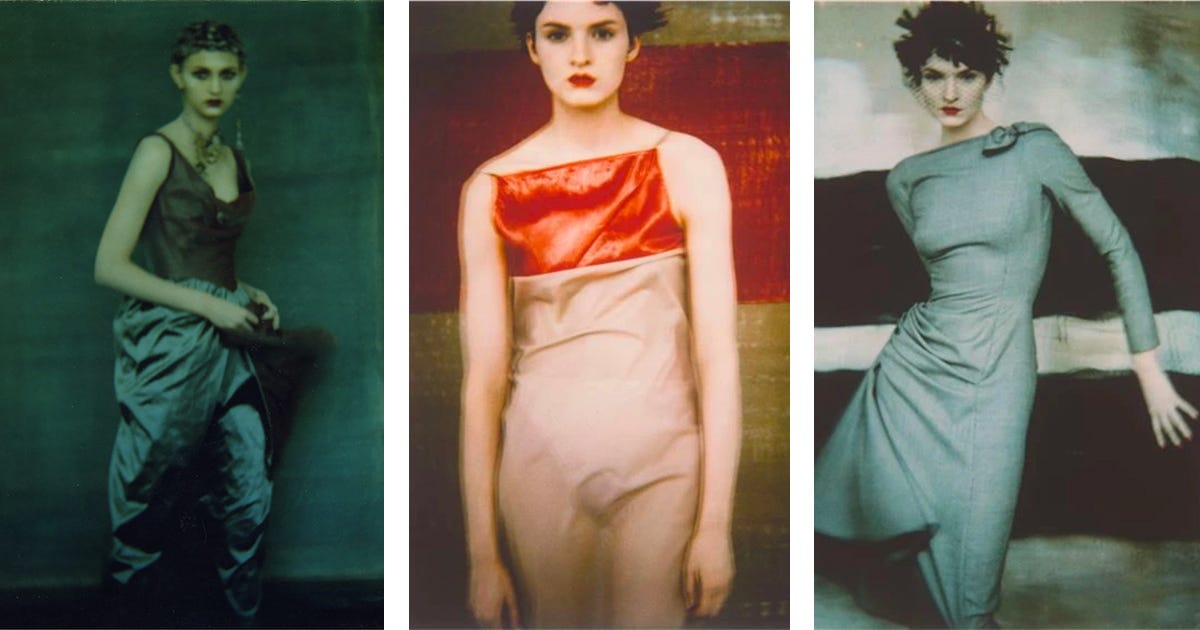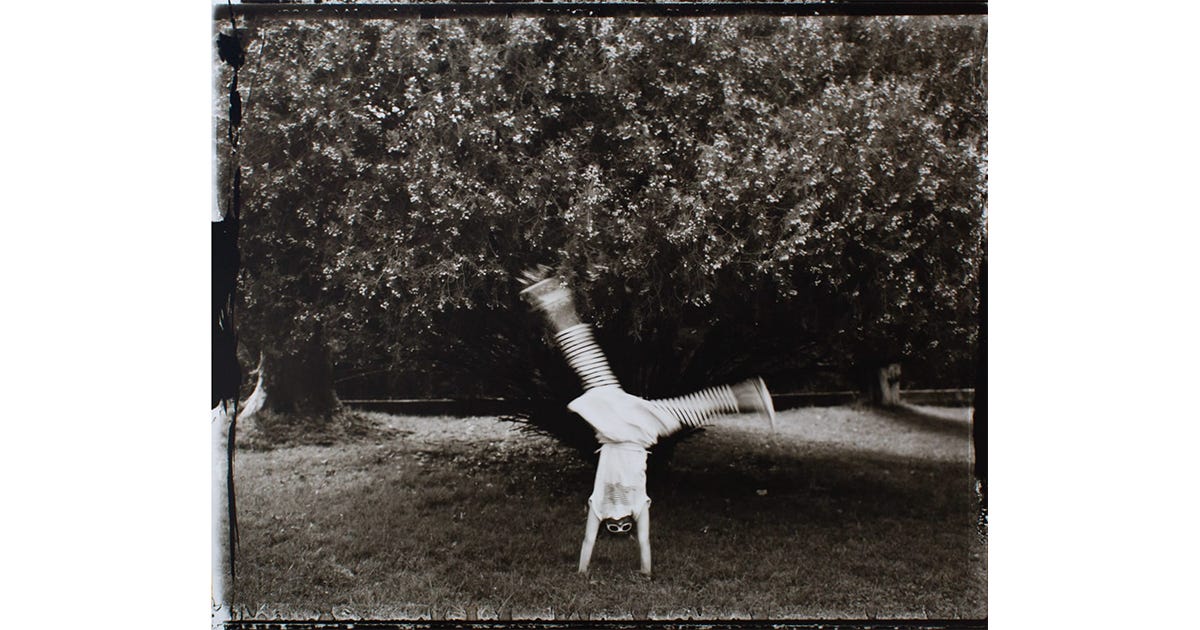There are photographs that strike you like thunder. You don’t know why, but they stay with you. They linger long after you’ve looked away, woven into your memory like a half-remembered dream. The work of Sarah Moon did that to me—years ago, before I even knew her name.
I think the first images I saw were her fashion editorials for Yohji Yamamoto or Issey Miyake in the '90s. I was too young to fully grasp their impact, but I felt them. That was enough. The grain, the shadow, the muted colors—they weren’t just photographs. They were whispers. Murmurs of another world, fragile and poetic, suspended between dream and disappearance. They felt different from everything else I had seen.
Years later, when I learned that these images were hers, the recognition was immediate. That soft melancholy, the tampered light, the sense of a fleeting moment held just long enough to break your heart—that was Sarah Moon.
When I read that she had just received the 2025 Grand Prix de l’Académie des beaux-arts in photography, it was like a window opened into the past. The emotion returned, intact. As if her images had never left me. So I dove back in—into her life, her work, her unique way of seeing the world.
A Life of Reinvention: Shadows and Silhouettes
Born in 1941 as Marielle Warin, Sarah Moon’s life began in a time of uncertainty and exile. Her Jewish family fled occupied France during World War II, finding refuge in England. That experience—of exile, fragility, and the shadows of history—has left an invisible thread through all her work.
In the 1960s, she became a fashion model under the name Marielle Hadengue. But posing in front of the lens was just the prelude. What she really wanted was to step behind it—to shape the image, not just be captured by it. By 1970, she left modeling to become a self-taught photographer.
Her early success was meteoric. Her campaigns for Cacharel and editorials for Chanel and Dior in the 1970s offered a new kind of femininity—soft, ambiguous, ghostly. Nothing about her women felt staged or perfected. They seemed like they were about to disappear. Sarah Moon created images “between light and shadow,” suspended in a kind of beautiful doubt.
But her artistic turn came in the mid-1980s, following the sudden death of her assistant, Mike Yavel. Shaken, she shifted away from commissioned work and into something far more introspective. “I started to photograph what I saw when no one asked me for anything,” she once said. Her camera no longer captured fashion—it captured absence, memory, loss, and the stories we can’t quite tell.
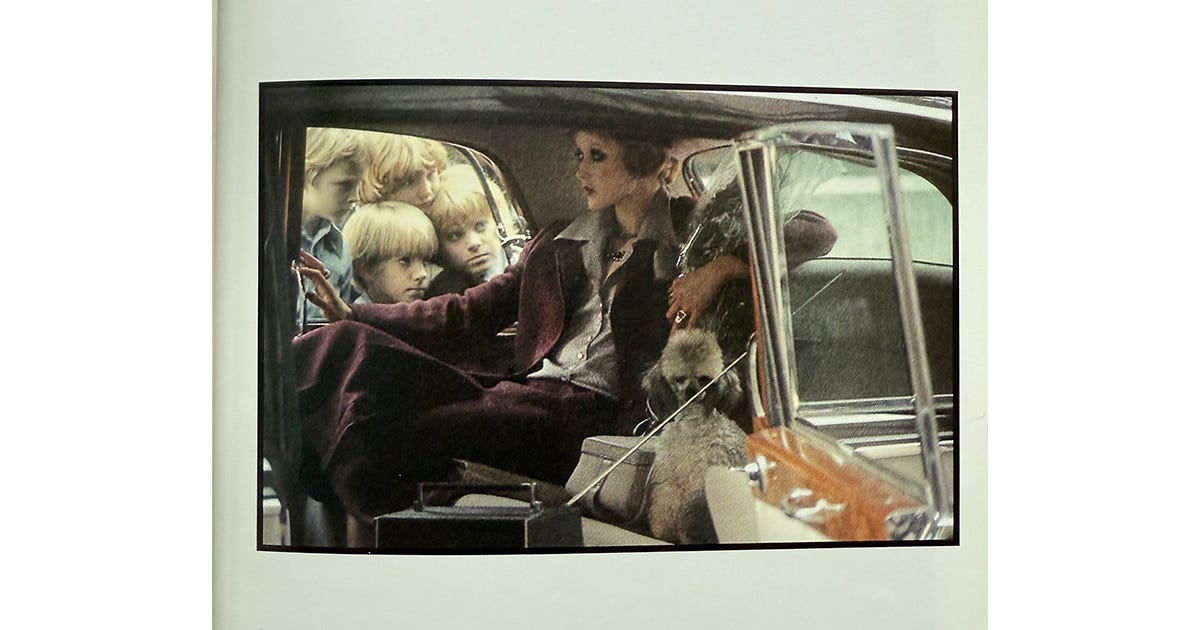

A Language of Dreams: Her Signature Visual Style
Sarah Moon’s photographs are instantly recognizable. Blurred edges. Washed-out color. Grain that feels like breath on glass. She shoots with Polaroids and large-format cameras, embracing the flaws—the scratches, the smudges, the overexposure. For her, the accident is part of the message. The fragility of the image echoes the fragility of time itself.
Her black-and-white images speak of the unconscious, of introspection, of memory. She has called monochrome “the color of the unconscious.” In contrast, her use of color is bold and open—“a language more generous, more accessible,” as she describes it.
Whether photographing women, birds, or flowers, Moon is always working in the space between reality and fiction. Her models often have their eyes closed, their faces obscured. There’s movement, blur, distortion. Her worlds feel like fables—delicate, strange, and haunting.
One of her most iconic works is the series of dreamlike photographs inspired by fairy tales—The Red Riding Hood, The Little Match Girl. But there’s no sugary nostalgia here. Her fairy tales are unsettling, steeped in loss and longing. In her world, nothing is fixed. Everything flickers.
As she once put it: “I invent situations that don't exist… I want to photograph what I can’t see.” Her images aren’t documentation; they’re intuition. A Sarah Moon photograph feels like a story you almost remember from childhood—but can’t quite place.
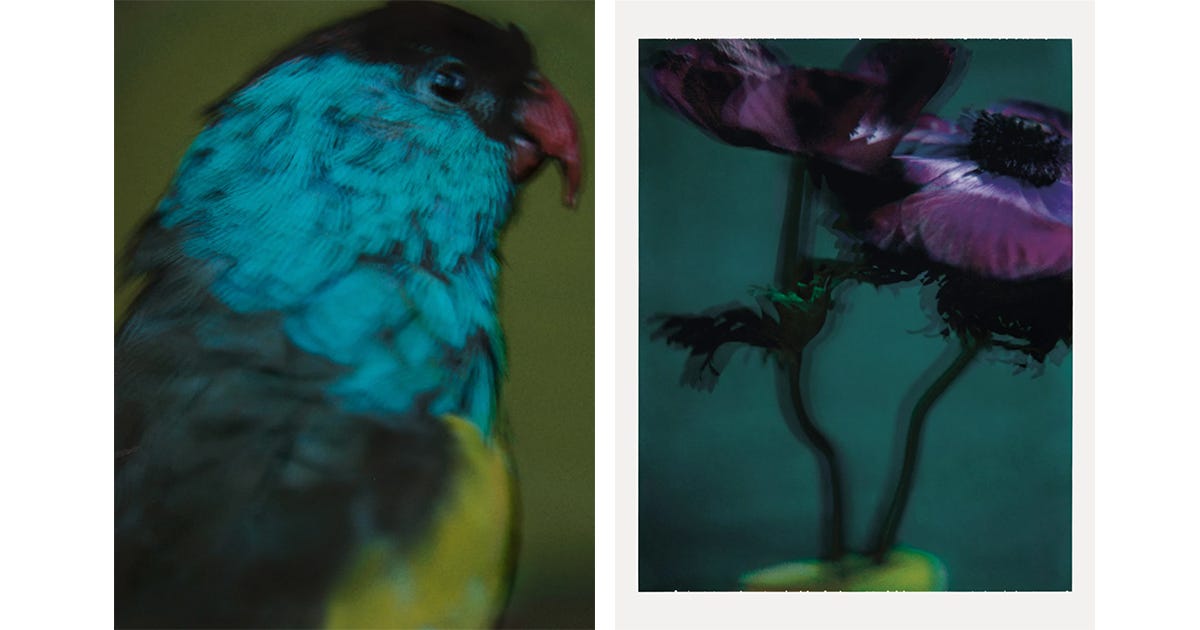


Feminine Gaze and Emotional Distance
Unlike many of her male contemporaries, Sarah Moon doesn’t seek to possess or control the women she photographs. There’s a deep empathy in her gaze—a complicity born from her own experience in front of the camera. She captures not power, but presence. Not seduction, but introspection.
Her iconic campaigns for Cacharel in the ‘70s and her work for Vogue and Harper’s Bazaar created a language of softness and ambiguity, far from the hyper-glossy perfection that dominates fashion photography. She offered another way—a visual poetry that prioritized emotion over precision, mood over message.
In 1972, she became the first woman to shoot the Pirelli Calendar. A milestone. But also a statement. Sarah Moon showed that female gaze could rewrite fashion photography entirely, offering mystery in place of glamour, silence instead of spectacle.
A Legacy of Influence: Inspiring the Dreamers
Her impact ripples across generations. You see it in the delicate work of Paolo Roversi, with his long exposures and blurred contours, his love for softness and timeworn beauty. Roversi himself has often cited Sarah Moon as a guiding light—particularly in how she brings intimacy and imperfection into the studio.
Tim Walker, Deborah Turbeville, even new voices like Harley Weir—all share, in some way, her sensibility: the courage to distort, to blur, to whisper rather than shout. They too chase after the fleeting, the flawed, the poetic.
A Personal Epilogue
When I think of Sarah Moon, I think of Paris. Not the postcard city, but the one I used to visit as a teenager, with my parents, on weekends. We would go see my uncle— someone I cared for deeply, whose presence I still miss, and who left us far too young. Those trips were my first real encounter with art, fashion, exhibitions, photography.
I can’t name the exact moment, but in my memory, Sarah Moon’s photographs live somewhere in that Paris. Maybe in a museum bookshop. Or in a magazine at a kiosk near Saint-Germain. Maybe it was a poster on a gallery wall. But I remember the feeling. The stillness. The sense of time slowing down, of being wrapped in something fragile and melancholic.
Even now, flipping through the photobooks on my shelf, coming back to her work feels like returning to that moment. Like opening a window to a dream. Her images still speak to me, not with clarity, but with feeling.
Sarah Moon doesn’t just take pictures. She suspends time. She invents a world where everything is soft, silent, and shimmering. Where reality dissolves into reverie. Where every photo is an echo—a secret—waiting to be heard.
Writing about her is like walking through fog: you don’t arrive anywhere definitive. You don’t need to. You let yourself get lost. And in doing so, maybe, you find a part of yourself.
Books I recommend
Sarah Moon – Photo Poche Actes Sud
DIALOGUE - Sarah Moon, Yohji Yamamoto - delpire & co
DIOR PAR SARAH MOON - delpire & co
12345 -Delpire Éditeur
VRAIS SEMBLANTS - Delpire Éditeur
Coïncidences - Delpire Éditeur
Follow me on Instagram @celinescape_





